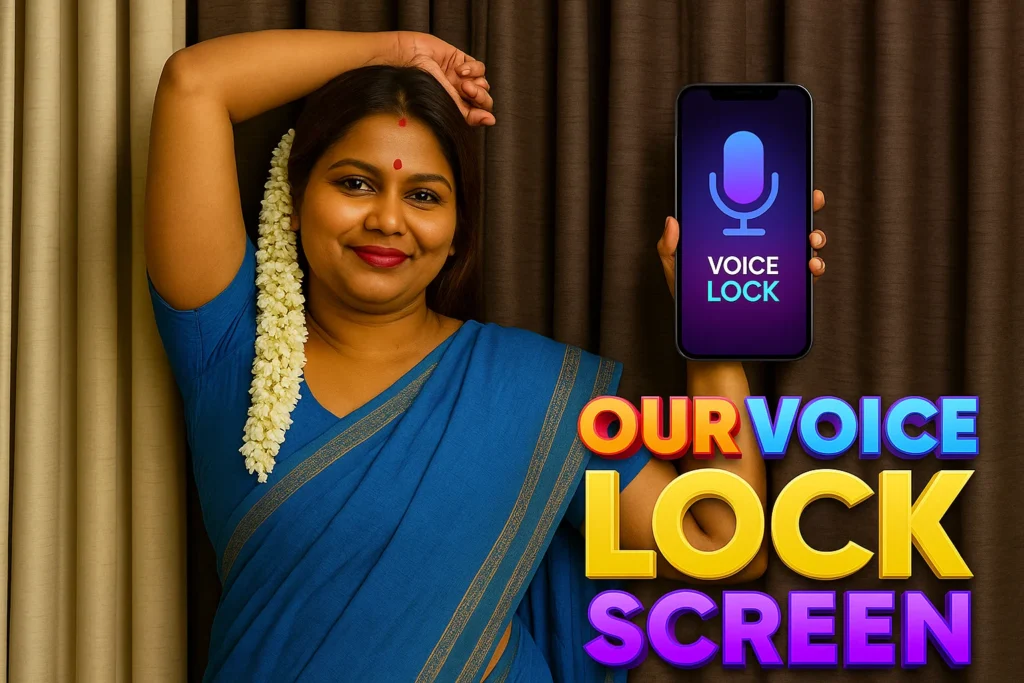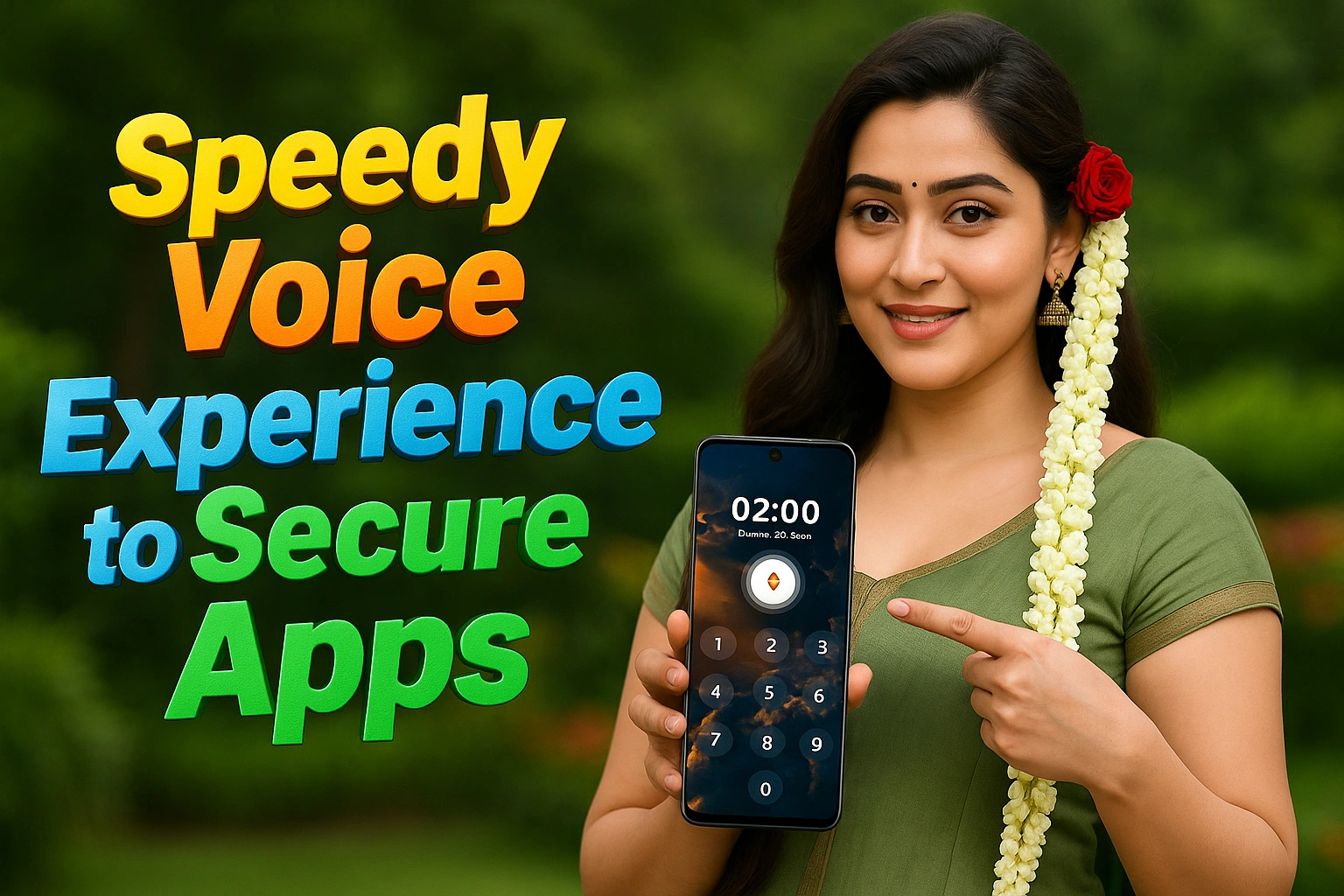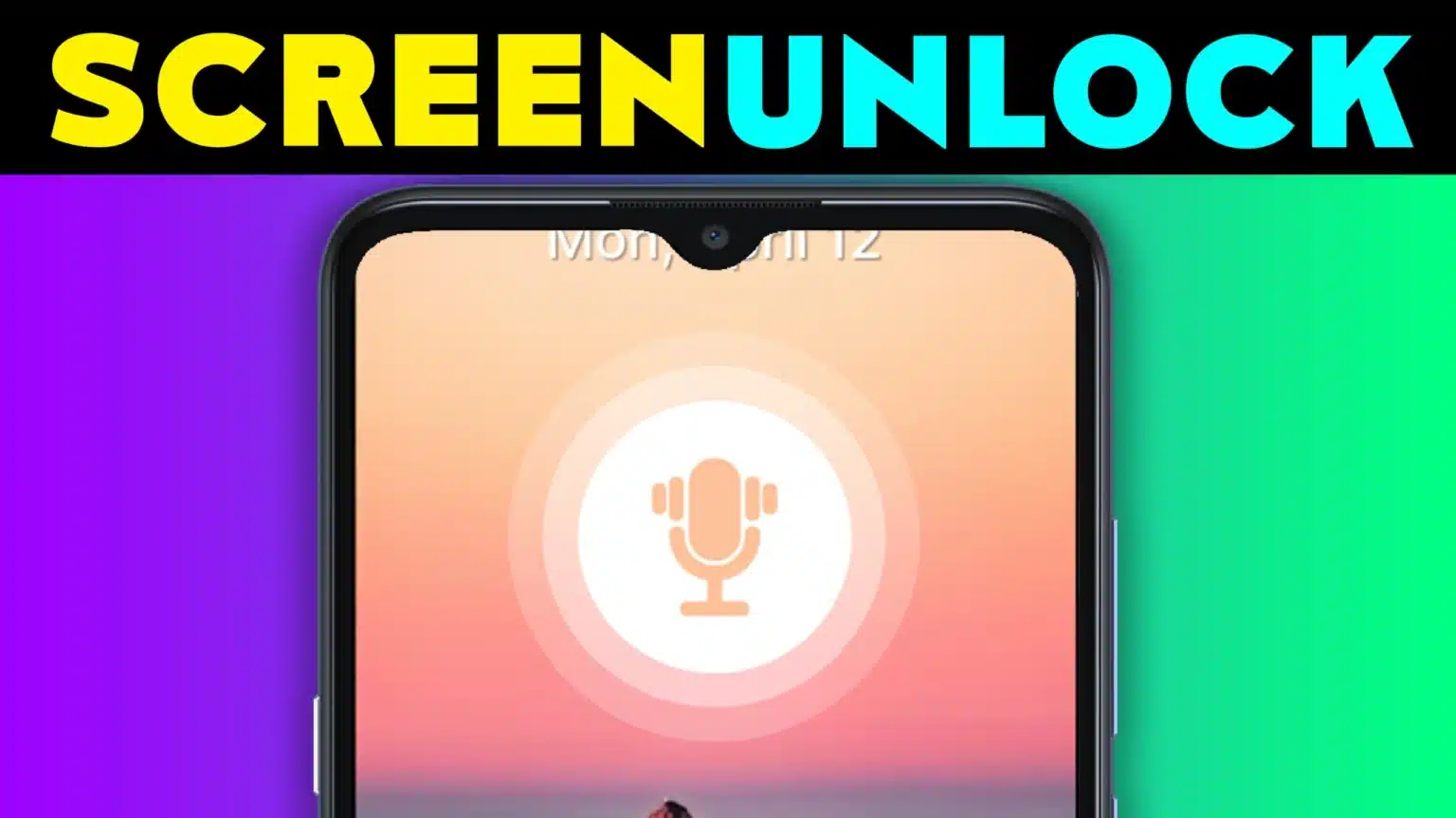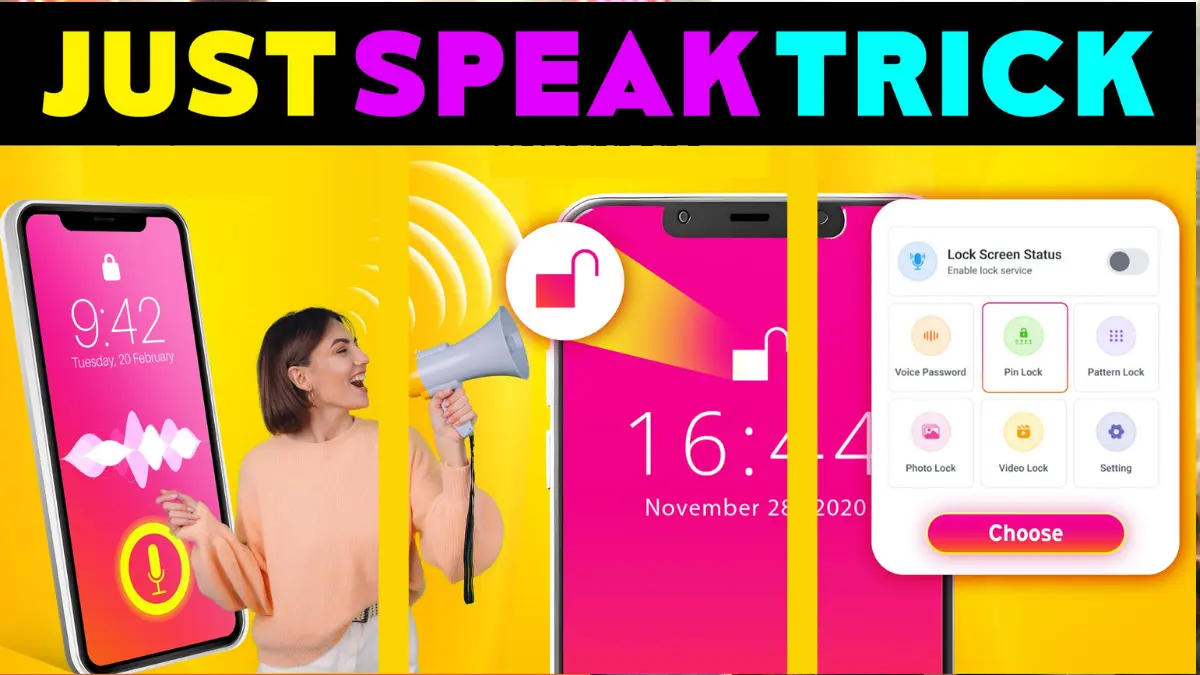Remember when unlocking a phone required a simple four‑digit PIN? Today, biometric and voice‑activated solutions are changing the way we secure our devices. Voice Lock Screen: Pin Pattern by YakinGlobal aims to modernise smartphone security by letting you unlock your phone with a spoken password.
The app has surpassed 1 million downloads, but its 3.1‑star rating and roughly 2.6 k reviews suggest a mixed reception. This article explores how the app works, its key features and whether a voice‑activated lock is right for you.
App Overview
| Item | Details |
|---|---|
| Category | Personalization / Security |
| Rating | 3.1 stars |
| Reviews | ≈2.61 K reviews |
| Downloads | 1 M+ |
| Developer | YakinGlobal |
| Released | 14 Oct 2022 |
| Updated | 19 Sep 2024 (check the Play Store for latest) |
| Support | [email protected] |
| Install | Get it on Google Play |
Key Features
The app blends novelty with practicality by offering multiple locking methods. According to the Play Store description and Uptodown’s review:
Voice screen lock: You can record a unique spoken password to unlock your phone. Uptodown notes that this feature provides a “unique and personable security experience,” allowing users to impress friends while maintaining data privacy.
Fallback PIN and pattern locks: If voice recognition fails or you don’t want to use your voice, the app lets you set a custom PIN code or draw a pattern to unlock. The pattern lock displays the current clock and date, adding functionality.
Current time password: For additional security, you can set the phone’s current time as your password.
Themes and wallpapers: Uptodown emphasises that the app offers a selection of themes and wallpapers for personalisation, along with a child‑friendly lock screen option.
Safe backup: The app advises users to set a backup PIN so they won’t be locked out if the voice password fails.
How to Set Up & Use
- Download Voice Lock Screen from Google Play and grant required permissions, including microphone access for voice recognition.
- The app guides you through recording a unique phrase. Make sure you’re in a quiet environment for the best results.
- Create a PIN or pattern as a fallback method. This is critical in case the voice lock doesn’t recognise your command.
- Customise your lock screen with available wallpapers and clock styles.
- Activate the current time password if you want an extra layer of security.
Pros and Cons
| Aspect | Pros | Cons |
|---|---|---|
| Innovation | Novel voice‑activated lock adds a futuristic touch. | Voice recognition can be unreliable; users risk being locked out if their voice isn’t recognised. |
| Fallback options | Supports PIN, pattern and time passwords for redundancy. | Some users reported the app misidentifying or rejecting their voice command even after repeated attempts. |
| Ease of use | Quick setup and user‑friendly interface; real‑time clock and date display. | Negative reviews mention that the app’s loud unlock sound can be annoying, especially when using headphones. |
| Personalisation | Offers themes, wallpapers and child‑friendly lock screen options. | Only basic security; voice commands could potentially be mimicked or recorded by someone else. |
| Data safety | Developer states that no personal data is collected and data is encrypted in transit. | The app may share device IDs with third parties and does not allow users to delete collected data. |
Privacy & Data Safety
The Play Store indicates that Voice Lock Screen does not collect personal data and encrypts data in transit. However, it may share device IDs with third parties and has no option for deleting collected data. The privacy policy (hosted on Firebase Storage) should be consulted for further details. Remember that enabling voice unlock means your spoken password is stored locally; always set a backup PIN to avoid lock‑out risks.
User Feedback
Some reviews praise the app’s creativity, but many highlight reliability issues. One user warned that after setting the voice password, they were unable to unlock their phone until using the backup PIN. Another noted that the app can produce a loud sound during operation, making it unsuitable for headphone users. A third review reported that voice control stopped working after initial use, nearly locking them out.
FAQs
1. Can someone mimic my voice to unlock my phone?
While voice recognition offers convenience, it isn’t fool‑proof. A person with a similar voice or a recording of your command might bypass the lock. Always set a backup PIN or pattern.
2. What happens if the voice command fails?
The app allows you to unlock your phone using a PIN, pattern or time password. Setting up these alternatives is essential to avoid being locked out.
3. Does Voice Lock Screen collect personal data?
The Play Store listing states that no personal data is collected and that data is encrypted in transit. However, it may share device IDs with third parties and doesn’t provide an option to delete collected data.
4. Is the app free?
Voice Lock Screen is free to download and use. It contains ads but doesn’t mention premium subscriptions. You can install it from Google Play.
5. Can I use fingerprint or facial recognition with this app?
Voice Lock Screen focuses on voice, PIN, pattern and time passwords. It does not integrate with Android’s fingerprint or facial recognition.
Verdict
Voice Lock Screen: Pin Pattern offers a fun and customisable way to secure your phone. The ability to unlock with your voice can be appealing to early adopters who enjoy new technology, and the inclusion of PIN, pattern and time passwords ensures fallback options.
However, the app’s average rating, reliability concerns and data‑sharing practices warrant caution. If you decide to try it, always enable a backup PIN and test the voice unlock thoroughly before relying on it. For most users, traditional biometrics (fingerprint, face recognition) or built‑in lock screen options may provide a more dependable blend of convenience and security.
Related Articles
 Magic Voice Screen Lock 2026 – Smart, Secure & Hands-Free Phone Unlocking (Best Guide)
Magic Voice Screen Lock 2026 – Smart, Secure & Hands-Free Phone Unlocking (Best Guide)
 Real Voice Changer 2025 Review — Fun, Fast & Feature-Rich Voice Effects for Android
Real Voice Changer 2025 Review — Fun, Fast & Feature-Rich Voice Effects for Android
 Signature Lock Unlock Screen Review 2025 – Smart Phone Sign & Stylish Gesture Lock App
Signature Lock Unlock Screen Review 2025 – Smart Phone Sign & Stylish Gesture Lock App
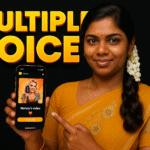 🎙️ AI Voice Generator 2025 – Deepfake Multiple Voice & Text-to-Speech App for Android
🎙️ AI Voice Generator 2025 – Deepfake Multiple Voice & Text-to-Speech App for Android

